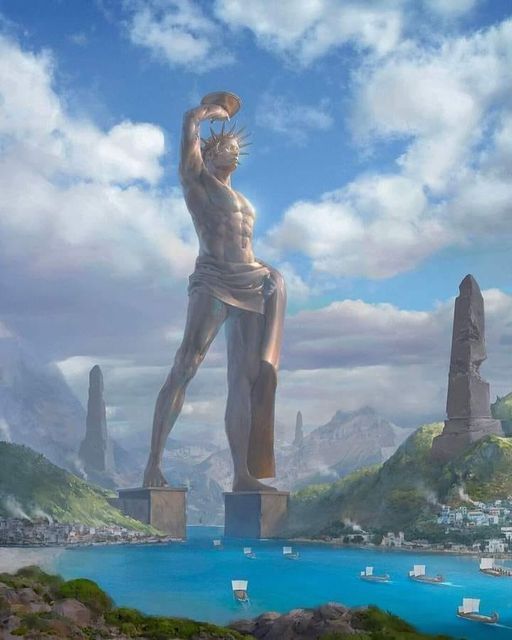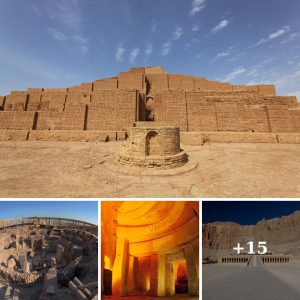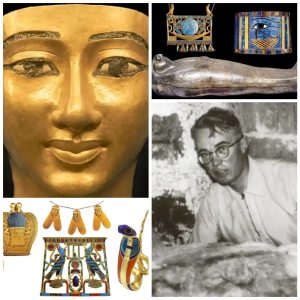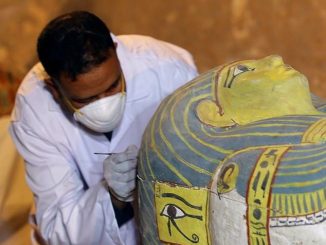Among the Seven Wonders of the Ancient World, the Statue of Rhodes stands out not only for its colossal size but also for its short-lived yet spectacular existence. Built by the sculptor Khares of Lindos in 280 BC, this towering figure was made in honor of Helios, the Greek god of the sun. Although it stood for only 54 years before being destroyed by an earthquake, its legacy endures as a symbol of creativity and ambition.
Historical Context and Construction
The Statue of Rhodes, also known as the Colossus of Rhodes, was an astonishing achievement of its time. Constructed to celebrate Rhodes’ victory over the ruler of Cyprus, Antigonus I Monophthalmus, whose son unsuccessfully besieged Rhodes in 305 BC, the statue was a symbol of the city’s resilience and strength. According to historical accounts, the statue stood approximately 32 meters high, making it one of the tallest statues of the ancient world.

Architectural Marvel
The Colossus was fashioned from bronze plates over an iron framework, a method that showcased the advanced metalworking skills of the period. The bronze was said to have been sourced from the weapons left behind by the besieging forces of Antigonus I Monophthalmus, symbolically turning tools of war into a monument of peace and prosperity. The statue’s design depicted Helios standing with a torch raised high in one hand and a spear in the other, overlooking the entrance of the harbor on the island of Rhodes.
The Earthquake and Aftermath
Tragically, the statue stood for only 54 years before an earthquake in 226 BC caused it to break at the knees and topple over. Despite its destruction, the base of the statue remained, and the ruins continued to awe visitors for centuries. According to Pliny the Elder, few people could wrap their arms around the fallen thumb, and the segments were substantial, each finger larger than most statues of his time.
The Statue in Art and Culture
Although no fragments of the original statue survive to the modern day, the Colossus of Rhodes continues to inspire art and literature, capturing the imaginations of people worldwide. Artistic renditions, such as the one depicted in the image, reimagine what the mighty statue would have looked like, standing guard at the harbor, a beacon of light for incoming ships.
The Statue of Rhodes may have been a fleeting wonder due to its untimely destruction, but its concept and scale remain a high point in the annals of architectural history. It serves as a reminder of human ingenuity and the relentless pursuit of excellence. As we reflect on its grandeur, the Colossus of Rhodes encourages us to appreciate the transient yet impactful nature of human achievements.








